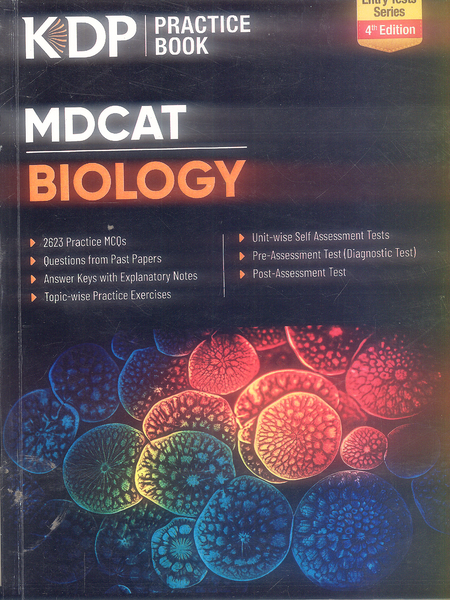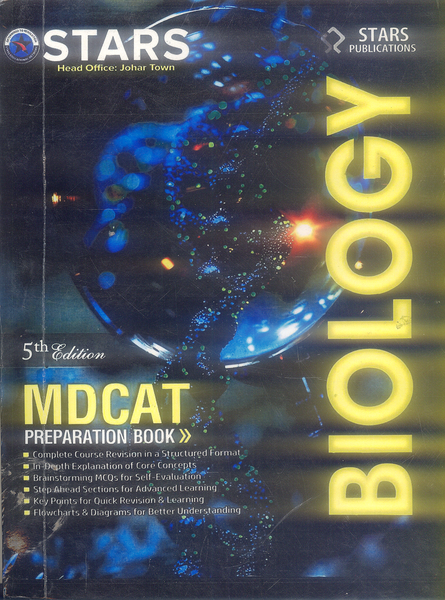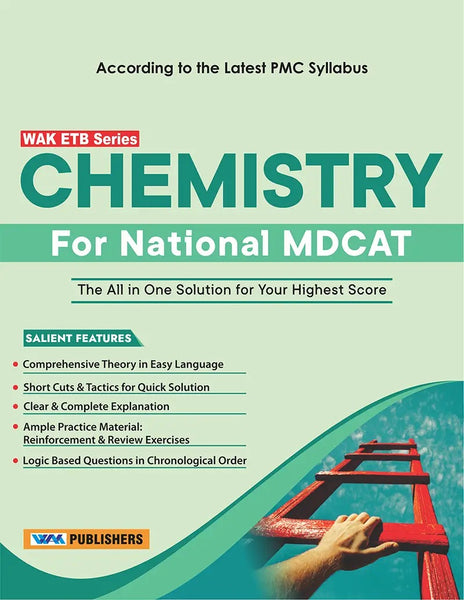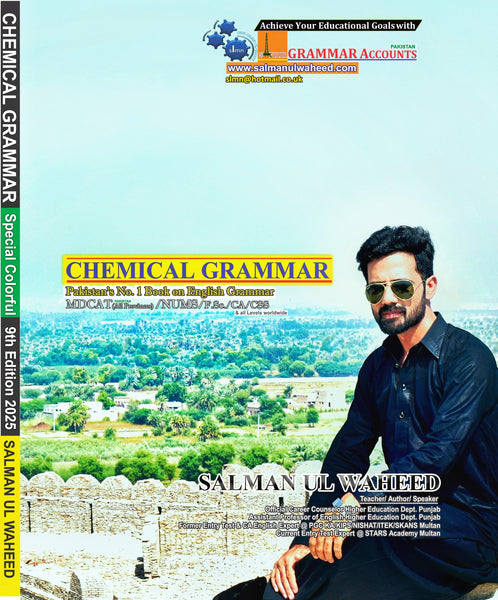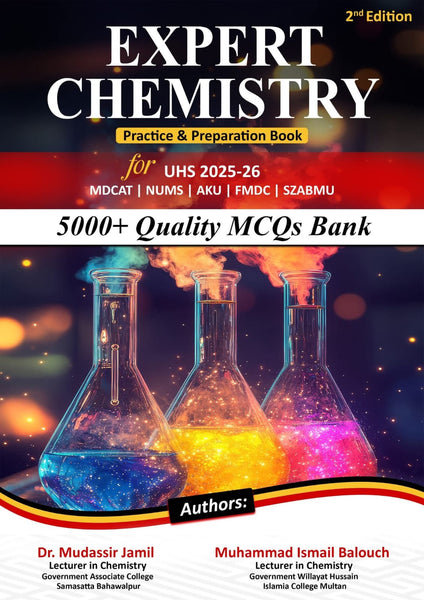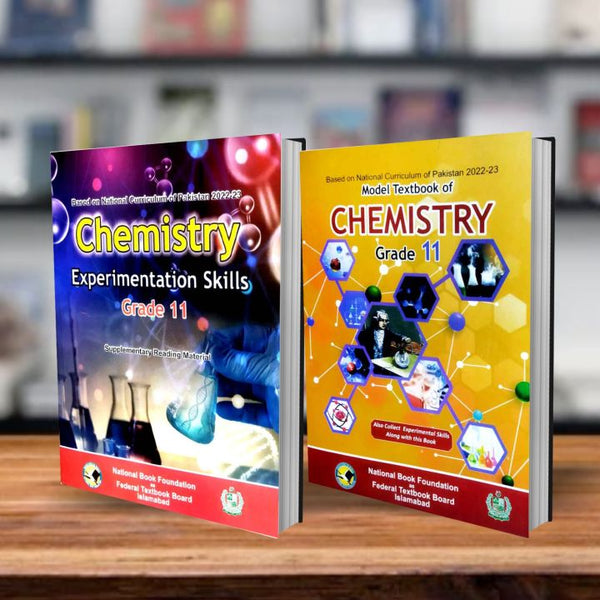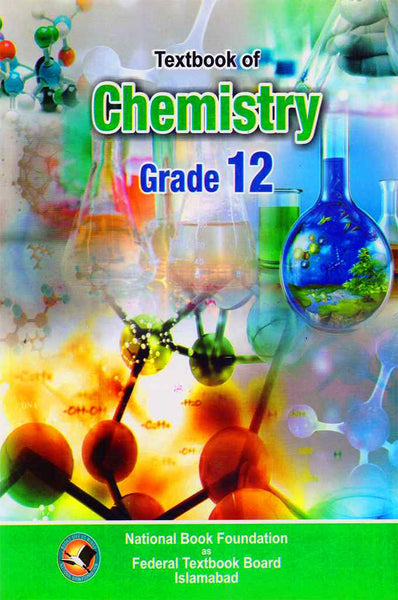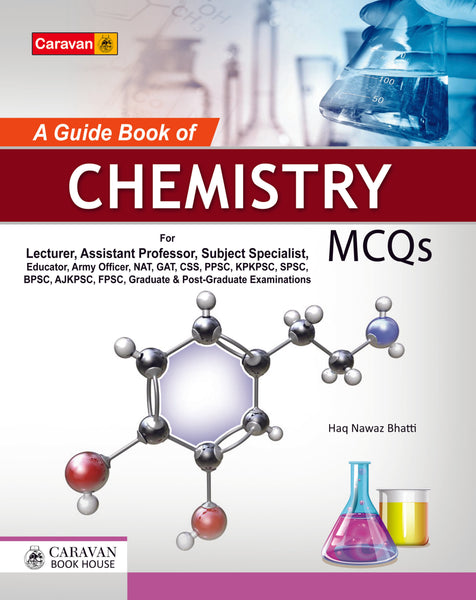Basic Inorganic Chemistry 3rd Edition By F Albert
- Publisher: CHEMISTRY
- Availability: In Stock
- SKU: 14966
- Number of Pages: 860
Rs.1,690.00
Rs.2,195.00
Tags: Applications in Industry and Research , Atomic Structure , Authoritative Recommendations , Best Price , Best Selling Books , Bestsellers , Bioinorganic Chemistry , Chemical Bonding , Competitive Rates , Convenient Payment Options , Coordination Chemistry , Customer Reviews , Descriptive Inorganic Chemistry , Discount Offers , Easy Returns , Fast Delivery , Membership Benefits , Mobile Compatibility. , Molecular Symmetry and Group Theory , New Releases , ONLINE BOOKS , Periodic Trends , Quality Books , Reliable Shipping , Responsive Customer Service , Search Functionality , Secure Transactions , Solid State Chemistry , Transition Metal Chemistry , User-Friendly Interface , Wide Selection
"Basic Inorganic Chemistry 3rd Edition by F. Albert Cotton, Geoffrey Wilkinson, and Paul L. Gaus provides an accessible yet thorough introduction to the fundamental principles of inorganic chemistry. The text offers a comprehensive overview of key concepts, including atomic structure, chemical bonding, coordination chemistry, and descriptive inorganic chemistry, making it an indispensable resource for students and researchers alike."
Key Points:
1. Atomic Structure: Understanding the structure of atoms is fundamental to inorganic chemistry. This section covers topics such as electron configuration, quantum numbers, and periodic trends in atomic properties, providing a basis for further study.
2. Chemical Bonding: Exploring the nature of chemical bonds, including ionic, covalent, and metallic bonding, elucidates how atoms interact to form compounds and molecules, laying the groundwork for understanding chemical reactivity and molecular structure.
3. Coordination Chemistry: Coordination compounds play vital roles in biological systems, catalysis, and materials science. This section delves into the principles governing the formation, structure, and reactivity of coordination complexes, including ligand exchange and stereochemistry.
4. Descriptive Inorganic Chemistry: A survey of the properties and reactions of the elements and their compounds provides insight into the diversity and versatility of inorganic substances, covering topics such as periodic trends, oxidation states, and common reaction mechanisms.
5. Periodic Trends: Understanding how atomic properties vary across the periodic table informs predictions about chemical behavior and reactivity, facilitating the rational design of new materials and compounds.
6. Molecular Symmetry and Group Theory: Symmetry principles and group theory offer powerful tools for analyzing molecular structure and spectroscopic properties, providing a theoretical framework for understanding molecular symmetry elements and operations.
7. Transition Metal Chemistry: Transition metals exhibit diverse coordination geometries and oxidation states, making them essential components of catalysts, biomolecules, and materials. This section explores the electronic structure, bonding, and reactivity of transition metal complexes.
8. Solid State Chemistry: The study of solid-state materials encompasses topics such as crystal structures, lattice defects, and electronic properties, offering insights into the behavior of materials in technological applications and natural environments.
9. Bioinorganic Chemistry: Investigating the role of inorganic elements in biological systems illuminates the intersection of chemistry and biology, addressing topics such as metalloenzymes, metal ions in signaling pathways, and metal-based drugs.
10. Applications in Industry and Research: Inorganic chemistry underpins numerous industrial processes and research endeavors, from materials synthesis and catalysis to environmental remediation and renewable energy technologies, highlighting its importance in addressing global challenges and advancing scientific knowledge.
In summary, "Basic Inorganic Chemistry" provides a comprehensive foundation in the principles and applications of inorganic chemistry, making it an indispensable resource for students, researchers, and practitioners in the field.
════ ⋆★⋆════
Writer ✤ F Albert Cotton, Geoffrey Wilkinson, Paul L Gaus



